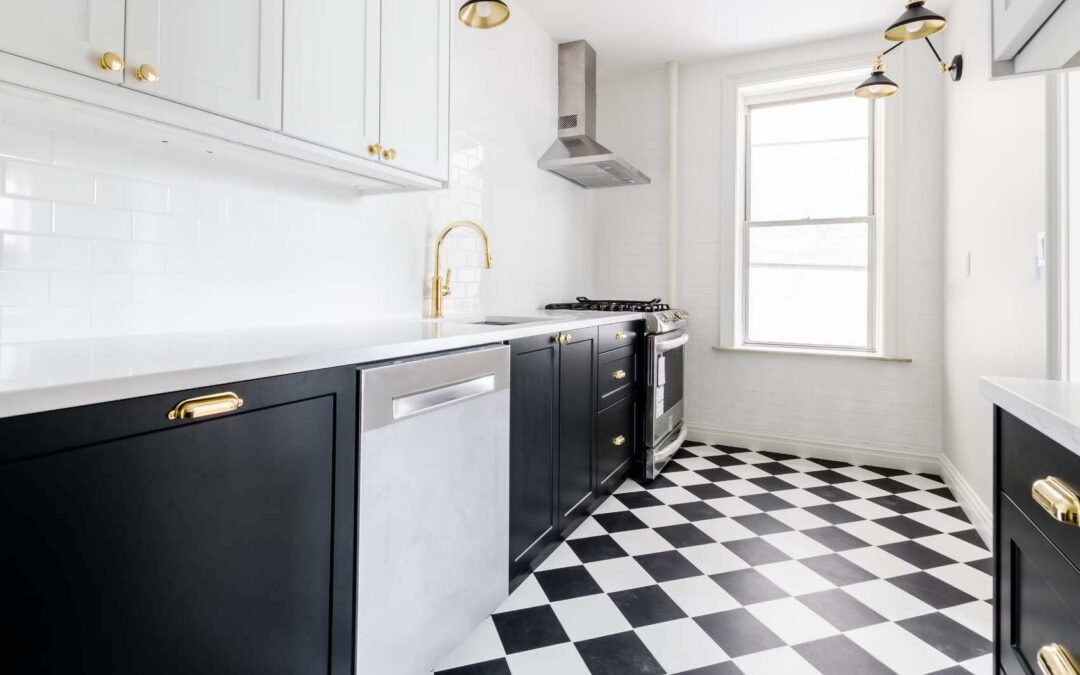Having mastered the basics of snaking a bathroom sink, it’s time to dive deeper. The world of plumbing offers nuances, shortcuts, and tricks that can turn a routine snaking session into a swift, efficient chore. In this sequel to our beginner’s guide, we aim to elevate your sink-snaking game to the next level.
1. Recognizing Recurrent Clogs:
If you’re frequently snaking the same sink, it might be a symptom of a larger issue like pipe misalignment or a deep-rooted obstruction. Identifying recurrent issues helps in seeking timely professional intervention.
2. The Power of Prevention:
Minimize the need for snaking:
- Regular Maintenance: Once a month, pour a mixture of equal parts white vinegar and baking soda down the drain, followed by boiling water after a few minutes. This concoction helps in dissolving minor blockages.
- Mesh Screens: These can be a sink’s best friend, catching hair, soap, and debris before they descend into the drain.
3. Upgrading Your Tools:
While hand-cranked snakes are great, consider investing in a power snake or an auger for more stubborn blockages. Their motorized mechanism offers enhanced blockage-busting abilities.
4. Safety First:
Wear gloves and safety goggles. Snaking can dislodge bacteria-laden gunk, and the last thing you want is a surprise splash in the face.
5. Know When to Call It Quits:
Despite all efforts, some clogs prove too obstinate. If you’ve snaked repeatedly without success, it might be time to call in a professional plumber. Persistent DIY efforts might inadvertently damage the pipes.
Conclusion
The realm of bathroom sink snaking is vast, and the deeper you delve, the more there is to discover. With these advanced insights, you’re better equipped to tackle tenacious blockages and maintain an optimally functioning drain. But remember, while DIY spirit is commendable, recognizing when to seek expert help is equally crucial. Balance is the key to plumbing prosperity!

